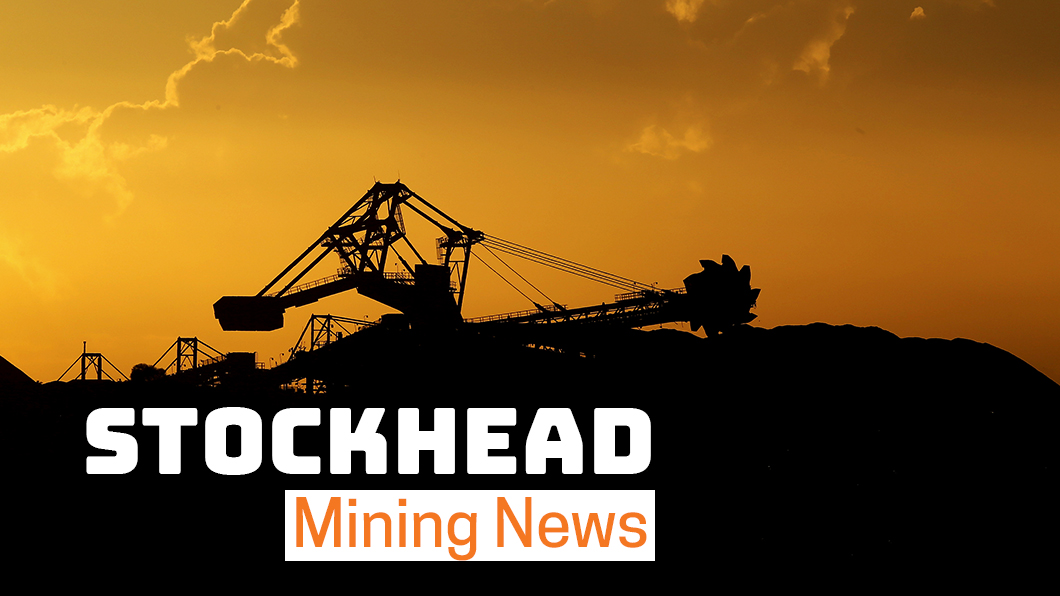Silica sands is now a thing; here’s why, and what to look for in a producer

Pic: Bloomberg Creative / Bloomberg Creative Photos via Getty Images
Awareness of silica sands amongst Australian investors continues to grow despite being a commodity that is not usually associated with being in high demand or hard to find.
There are several reasons why, but the increasing realisation that silica sands has a wide variety of uses is certainly one of them.
And its importance has grown to the point that, as Suvo Strategic Minerals (ASX:SUV) executive chairman Robert Martin noted, most Southeast Asian and Asian countries have put the bulk minerals on their critical minerals list.
“There’s quite a large supply deficit between what they can buy and what they need, and I think people are just starting to realise and waking up to the fact that this is a growing industry,” he told Stockhead.
“The outlook is fantastic. It’s an industry that’s only going to get bigger and if you have some good deposits in the years to come, you’ll probably do quite well.”
To illustrate this, Martin noted that while multiple sources presented different numbers, India alone could need up to 1 billion tonnes per annum of imported sand of all grades going forward.
“I believe from the last data that was put out that there’s probably a 30 million tonne supply deficit between what Southeast Asian countries and emerging countries can get compared to what they’ve got,” he added.
While most of the demand comes from the booming construction sector, high-quality silica sand, which can be hard to find, also finds use in the glass and electric vehicle sectors.
Industry research firm IMARC Group has estimated that the global silica sands market could grow from US$8bn in 2019 to US$20bn in 2024.
High-purity silica is also used for the manufacture of glass panels used for solar photovoltaic panels, a market that is forecast to reach US$48.2bn by 2025.
Success is more than a resource
When queried about what was needed for a successful silica sands project, Martin said that having a decent deposit was just the first step.
“To have a decent silica sand deposit you need the infrastructure, you need freight networks, you need ports,” he added.
“It is critical that you have that access available because it’s a bulk material.
“If you don’t have those things near you, you’re probably not going to be as competitive as everybody else.”
Other factors are less of an issue.
Due to the simple nature of processing silica sands, securing the required capital is unlikely to be challenging with Martin estimating that a 2 million tonne per annum plant would require capex of just $30m.
The high demand also ensures that finding offtake partners is likely to be a straightforward process.
Rather it is securing the required environmental approvals that Martin believes would be the hardest thing required for a silica sands to succeed.
“There’s a lot of hard work, a lot of boxes that you have to tick, you have to be on the ball with it,” he added.
Martin also welcomed the growing number of silica sands players, noting that their success would grow awareness in the sector.
“I want to see the silica sand industry succeed. There is plenty of supply and plenty of demand in this space.”
Silica sands plays
Carbine Resources (ASX:CRB) is officially the ASX’s newest silica sands player after wrapping up the acquisition of the Muchea West silica sands project and raising $3m to fund its exploration activities.
The project covers 102sqkm and is located just 40km north-northeast of Perth and directly adjacent to VRX Silica’s high-grade Muchea project.
Previous work by vendors has already defined a target area of over 100sqkm while strong hints of the project’s quality can be found in the 82 holes that returned assays of more than 99% silica. Over 80% of these holes returned more than 99.6% silica.
Notable results from recent drilling are 19m at 99.7% silica, 9m at 99.9% silica and 9m at 99.8% silica, all of which start from just a metre below surface.
Additionally, both the Brand Highway and the Moora-Kwinana Railway provide a direct connection with the Kwinana Bulk Terminal.
Carbine has submitted applications to the West Australian Department of Mines for the next phase of drilling to enable the estimation of a maiden resource.
Diatreme Resources (ASX:DRX) is developing its Galalar high purity silica sand project in north Queensland that targets the solar PV market.
In June, the company lodged a mining lease application for the Nob Point barge ramp and haulage road that will facilitate the export of silica sand.
A final definitive feasibility study is currently underway, targeting further improvement to Galalar’s projected economic outcomes.
Galalar currently has a resource of 61.9 million tonnes, of which 35.5Mt is in the high confidence Measured category.
While its initial scoping study had envisaged a project processing 950,000tpa of raw silica to produce 750,000tpa of marketable silica product, its current environmental impact statement allows for the expansion of raw silica processing to 1.5Mtpa.
Also in Queensland is Metallica Metals (ASX:MLM), which is progressing its 38Mt Cape Flattery silica sand project.
It recently completed bulk metallurgical test work that confirmed that the project can produce a high quality silica sand product with 99.8% silica content and low levels of contaminants.
The company is also waiting on the grant of its mining lease application and plans to drill 82 holes in July/August to further grow its resources.
The project is close to existing infrastructure, giving Metallica the option of trucking its product less than 1km to its proposed jetty or a third-party jetty for barging operations.
Perpetual Resources (ASX:PEC) recently acquired an option over the Arrowsmith tenement that is immediately south of its flagship Beharra Mining Lease.
Arrowsmith is traversed by the sealed Brand Highway and the Geraldton-Eneabba railway line, and contains prospective target areas located entirely within cleared farming land with minimal or no impact to existing native vegetation.
The company’s Beharra Mining Lease covers 1,035 hectares over the probable ore reserve of 48Mt grading 99.6% silica.
Access to the project from both Geraldton and Perth is via the Brand Highway.
Suvo is progressing its Nova silica sands project which Martin says is a large holding with nearby infrastructure and some unique grades of silica.
This includes the very rare natural silica flour that could command values of up to US$150 per tonne while costing no more to extract compared to other silica sand products.
The company is currently progressing towards a maiden inferred JORC resource for the project.
“We will also start work straight away on feasibility studies for the project. We are already talking to clients overseas,” Martin added.
Rounding up the ASX players is VRX Silica (ASX:VRX), which operates the Arrowsmith, Muchea and Boyatup silica sand projects.
Of these, the most advanced is the Arrowsmith North project, which is currently expected to produce 53Mt of silica sand over 25 years to generate total sales of nearly $2.7bn, generating net present value (NPV) and internal rate of return (IRR) of $243.3m and 77% respectively.
The company is currently waiting on the Environmental Protection Authority to complete the assessment of its environmental approval application.
This is a key requirement before other government agencies can award any further approvals and will also allow the Commonwealth Department of Agriculture, Water and Environment to set their level of assessment at PER to align with the EPA decision.
Related Topics
UNLOCK INSIGHTS
Discover the untold stories of emerging ASX stocks.
Daily news and expert analysis, it's free to subscribe.
By proceeding, you confirm you understand that we handle personal information in accordance with our Privacy Policy.








